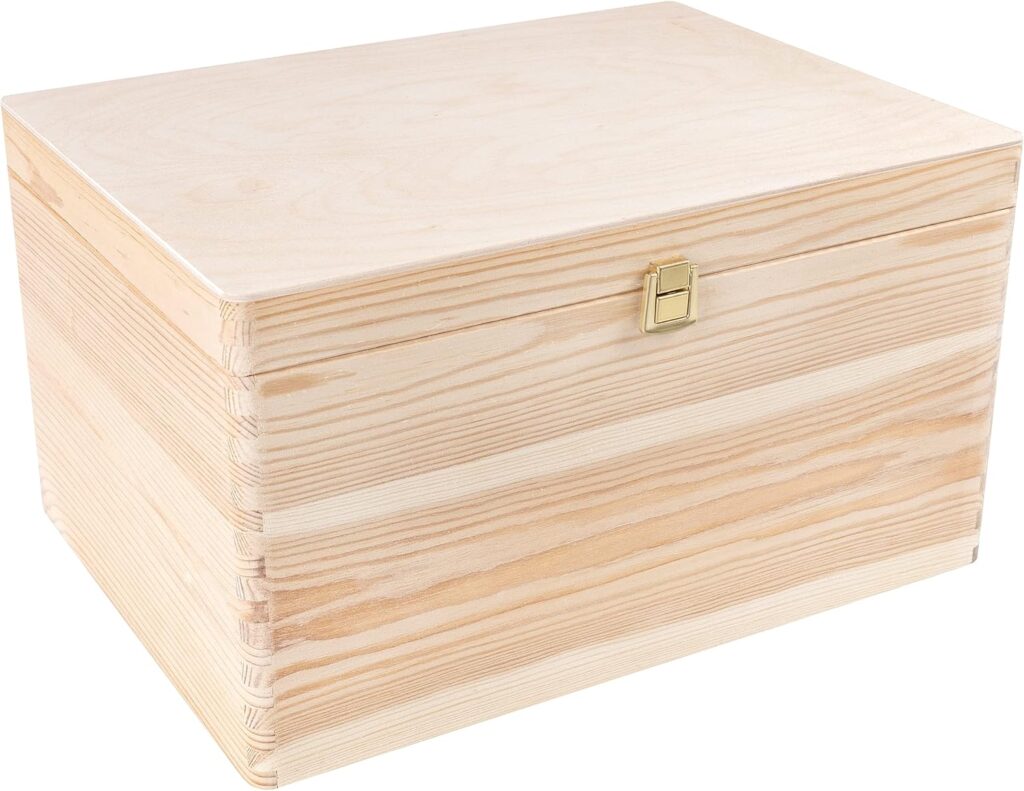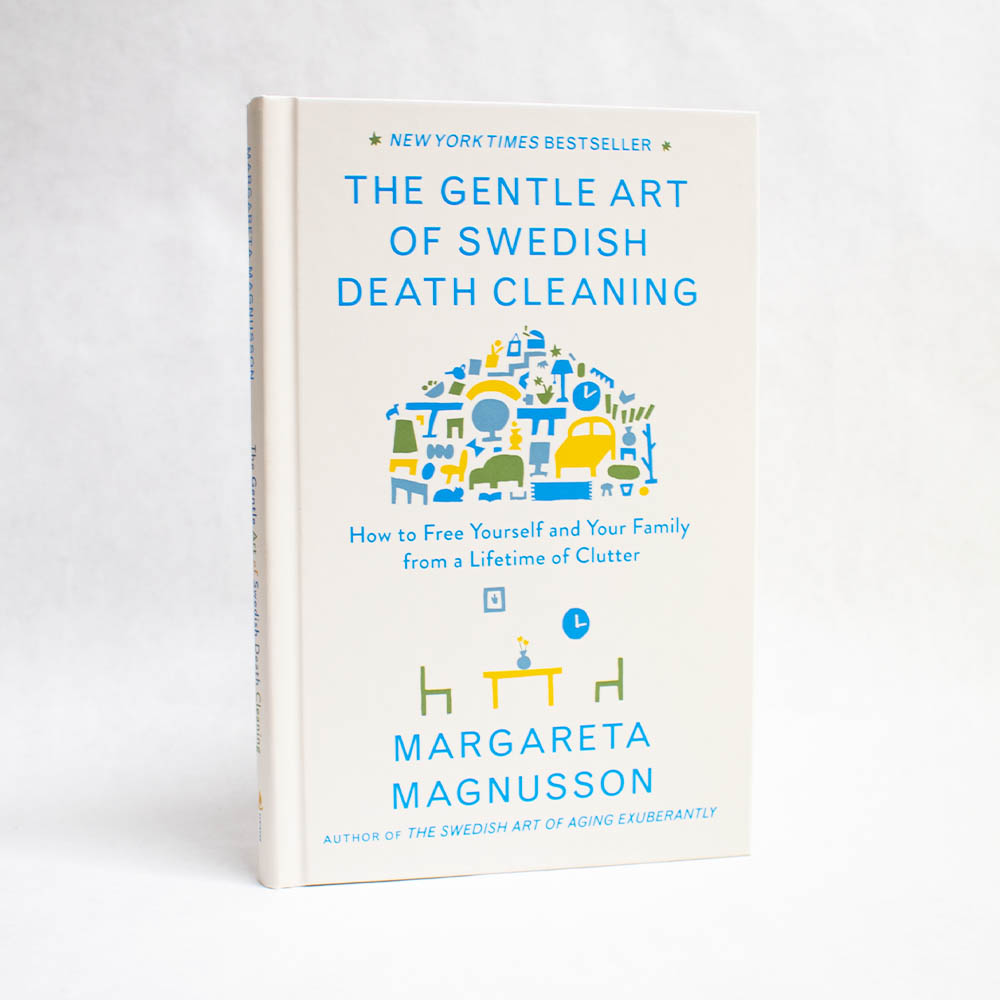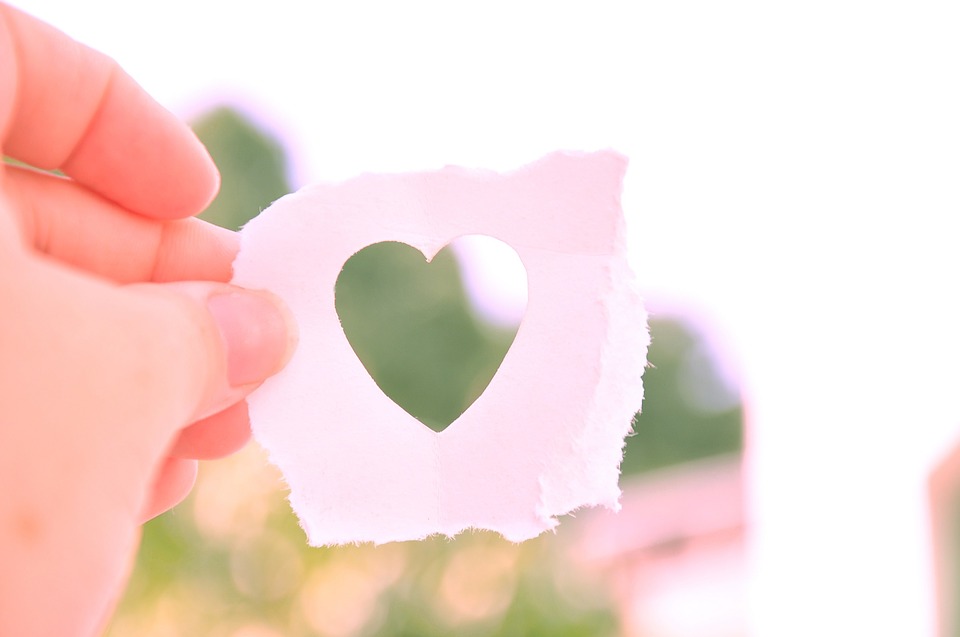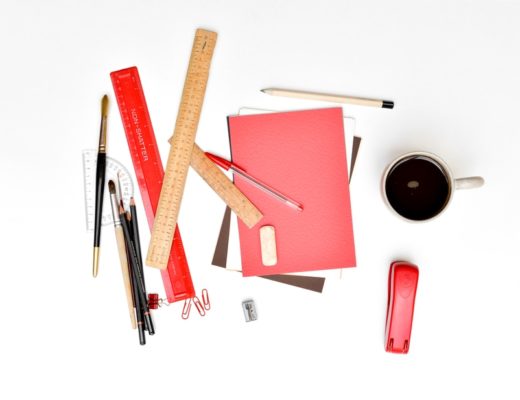Sentimental decluttering is the most difficult part of freeing space in your home. We’re told to rid ourselves of unused items to make way for the useful but what about when you hit an emotional wall? Take a deep breath, and open your mind and heart to the possibility of a new approach.
This is not a hardcore strategy where you discard all memorabilia with abandon. I’ll start by saying, that I too have old medals from childhood, a bundle of my kids’ drawings, and photographs from before the world went digital.
But if we hang on to all of our past, we don’t have space to create our future.
Our present is clogged up with physical objects less important than the memories in our heads. Sometimes, these inanimate objects lose their link to our emotions, yet we mindlessly hold on.
Identifying Emotional Anchors
Often, the items we hold onto evoke feelings of regret tangled up in nostalgia.
Personally, I held on to a ballet syllabus for 34 years. I pulled it from my bookcase many times and pushed it back, remembering the childhood years spent training. The last time, I noticed sadness as I held the book and realised I held regret for not pursuing my passion.
After identifying the emotion, I contemplated if it arose each time I saw the book. It did. I asked if I wanted to feel regret each time I encountered the book. I did not. Finally, I let it go and it felt like forgiving myself for abandoning the dream.
Sentimental decluttering helps you move forward with less emotional anchors.
Create a Memory Chest
If you have truly treasured items then honour them as the treasures they are.
Don’t crush souvenirs in the back of a drawer like an old sock. Are you conscious of them when they’re lost in the daily dumping ground? While sentimental decluttering, have one special “memory chest” to delicately store a considered collection.

By limiting storage for emotionally loaded items, you’re motivated to make realistic decisions. Limitation leads to more prolific purges. Whittle your collection to a size that is comfortable rather than overwhelming.
Human nature compels us to keep a sentimental “cushion”. Yet, mental peace doesn’t come from a crammed hoard. Aim for a carefully considered curation that can be properly cherished and easily looked back on.
Make Room for Happiness with Sentimental Decluttering
Begin by gathering all bits and pieces that evoke “complicated” feelings. I use the word complicated because “sentimental” evokes an unnecessary sense of duty. If we analyse this sense of duty, holding possession of emotionally sticky items is a self-inflicted responsibility.
You may tell yourself you’re holding on to history for future generations when frankly they feel no connection to the items at all.
Labeling items as heir-looms can be an excuse for hoarding objects you don’t want to make decisions about. Is it fair to pass a burden on to the next generation? Try discussing those items with family members now rather than later, as in The Gentle Art of Swedish Death Cleaning.
You may find the approval you need to free yourself from the clutter, or to immediately pass on anything that others deem important to them. Don’t be a storage unit for someone else’s sentimentality.

Identify the Emotion
For the remainder of “complicated” items, pick up one thing and pay quiet attention to the emotion/gut feeling it provokes. Be true to yourself about the emotion it does bring…
Ask: Does this object bring me feelings of happiness or comfort?
Imagine your future-self finding only joy in the objects you have chosen to keep. Be kind to yourself. Give yourself permission to let go of the things that evoke any feelings of discontent.
Ask: Do I want this emotion every time I see the item? Would I feel lighter and more free if I could release it?
It could be time to let it go and move on.
Quick Fix Sentimental Decluttering
A lengthy piece-by-piece process may not appeal if you’d prefer not to linger over sentimental decisions. You might have a large menagerie to cut down in size because sometimes old items are kept simply because they are so old.
Sort dust collectors from your non-negotiable treasures by imagining a split-second decision scenario.
Instantly recognise the keepsakes you hold invaluable from those you find less important by imagining a moment where you are forced to save only an armful of items from your memory chest before it is gone forever. Which ones would you be devastated to see slip from your grasp, and which ones could you manage to live without?
Value and Revalue
In letting go of less deeply rooted souvenirs, the others become gloriously more precious, like shining little jewels. Each time you add to your memory chest/treasure chest, quickly check to see if there are items that have now lost their lustre.
Items that seemed important to keep when they entered the memory chest no longer hold the same emotional value.
When our son was born, it was easy to let go of memories made before his arrival to make room for new baby bounty. I purged old greeting cards to make room for his “welcome to the world” cards. Interestingly, skimming back through those later, I didn’t feel I needed to preserve them either.
I was able to simplify because I’m celebrating the adventure and achievements of an older boy now, along with a little girl. Times change, life moves on. Possessions need to be moved on too.
Individual Memory Boxes
I admit that airing the memory chest spurred me to create separate memory boxes for my children. These are reserved solely for mementos I believe they’ll appreciate when they’re grown. If you have a large family, you may find it practical to split into smaller lots like this.
Peruse and purge the contents of individual memory boxes when making additions, in the same way as editing the family treasure chest.
Whether it’s sentimentality or “just in case” mentality, extra belongings clog our homes. Only by sweeping away the overgrowth can we rediscover our true treasures.




